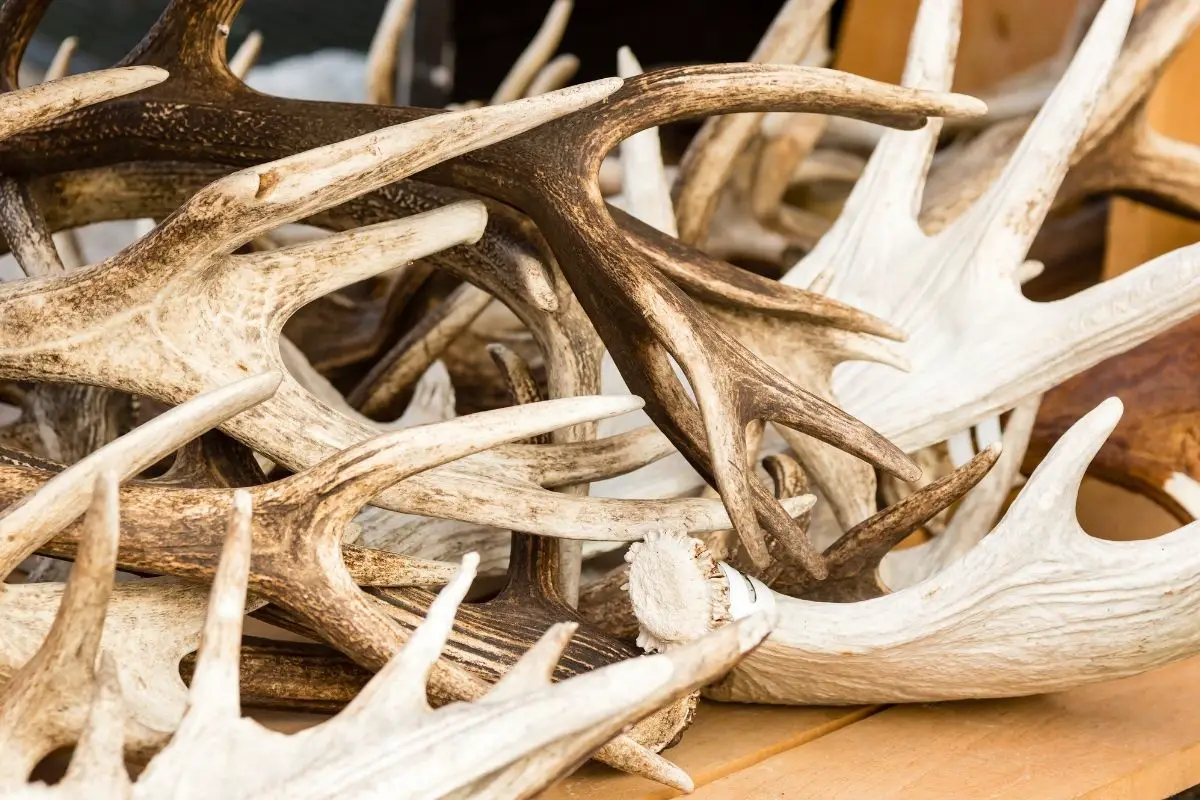
Cutting antlers on deer is a process called de-antlering and is done to protect deer from injury and to sometimes aid in the process of record keeping for a deer farm. Some use deer antlers while in velvet as a medicine, but this type of cutting can injure and harm the deer. There is a specific way to cut antlers and a specific time to do so where the deer has the least chance of being harmed.
Cutting antlers will let them grow back every year.
Why Cut Deer Antlers?
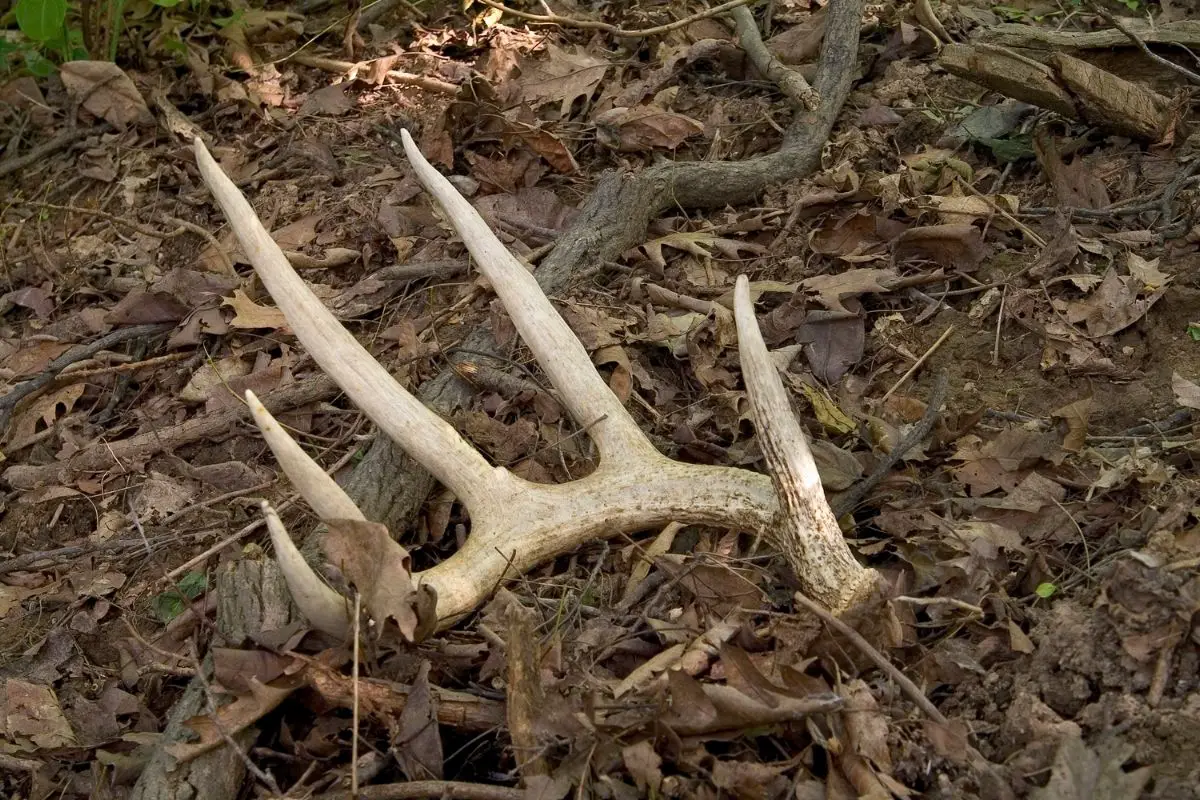
Antlers are cut for many reasons. For those that raise deer, cutting antlers can help minimize the losses taken each year from bucks fighting with one another. Cutting back the antlers each year can keep those losses to a minimum.
Deer farmers have learned that just by taking the simple step of cutting back antler growth, it can help disarm potentially devastating results from bucks trying to assert dominance. Another reason to cut antlers is so that there is an easier way to keep antler growth records because you are able to match up the antlers with the bucks without having to go and locate them in the farm pasture. It is a way to do management and marketing for the farm without having to match DNA between them.
Both of these reasons are typically used for cutting back antlers in a deer raising setting and for those with pasture deer. Lastly, some deer antlers are cut while still in velvet for medicinal purposes. This process can hurt the deer.
Medicinal velvet supplements “contains multiple substances including the female sex hormones estrone and estradiol. It also contains substances which may help cells grow and function”, according to RxList.
Does Cutting Antlers Hurt the Deer?
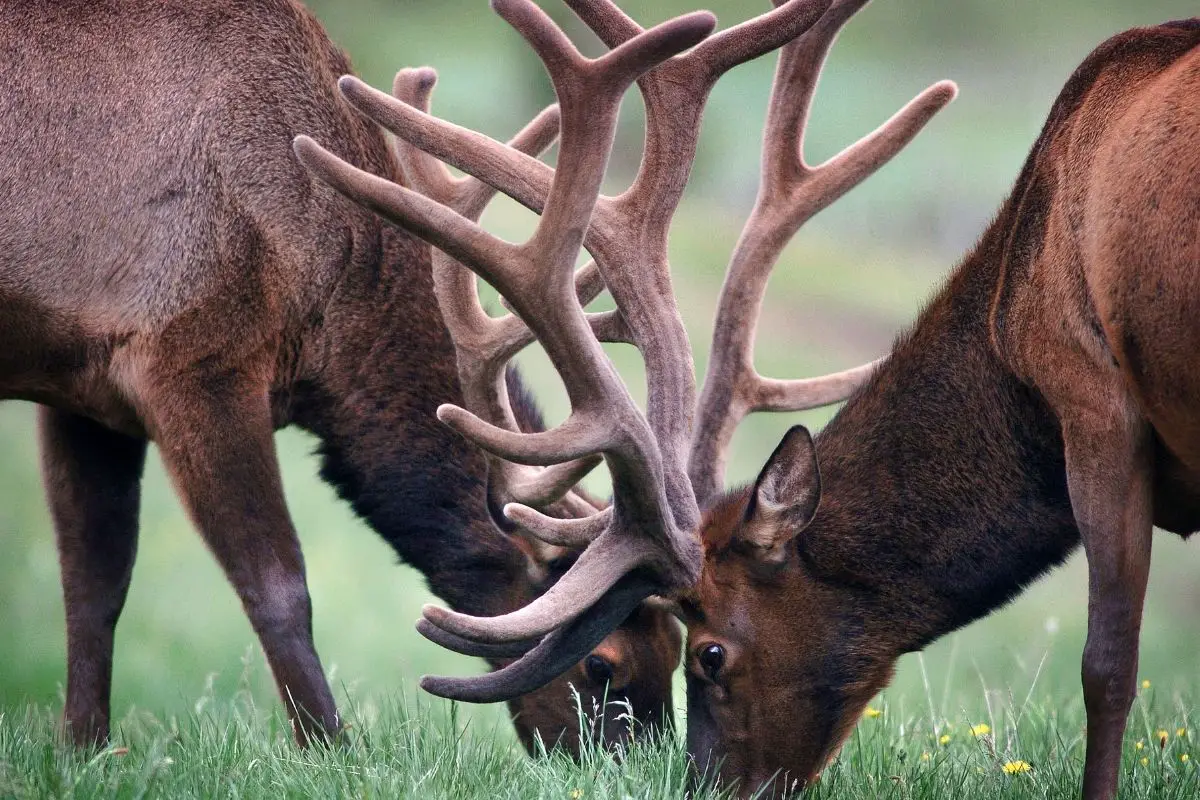
Cutting antlers can cause pain, health complications, shock and fear to the deer if there are not proper cutting techniques used. Cutting during velvet season will give a heightened period of these complications. Cutting dry antlers can lessen the complications when you use proper techniques such as tranquilizers, clean cutting tools, and a little TLC.
Having a vet on farm with you can help keep things from going awry and can help extend the well being of your farm deer during this de-antlering process.
How to Cut Antlers?
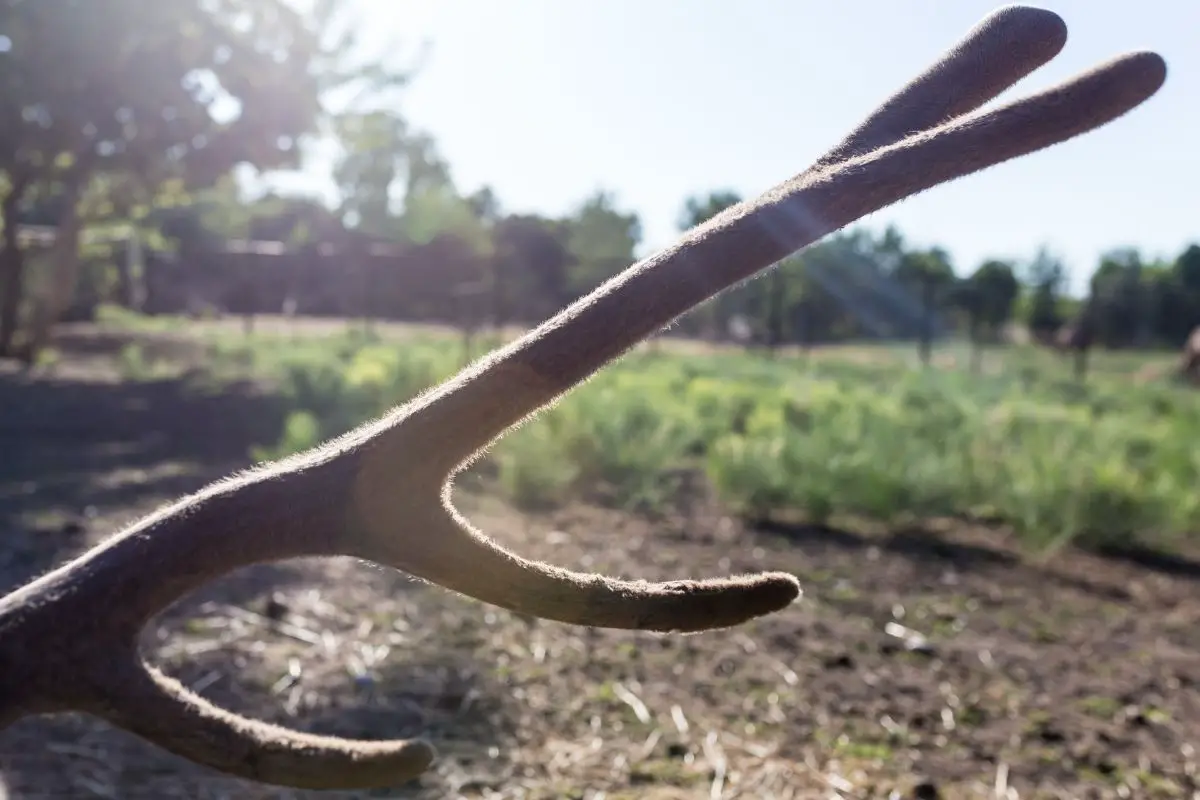
The best way to cut antlers from deer is to cut as near to the burr as you can. Waiting until the deer has hard antlers, without velvet, is best for the deer. Trimming while the animal is restrained and tranquilized so that there is lesser fear and shock to the deer.
If cutting while in velvet, a trained veterinary surgeon should do the cutting so that there is a way to control the blood loss and prevent complications such as fly strike and infection. The deer will need a 2 day monitoring period should you cut antlers in velvet. Even with newly dropped velvet, you can check the “dryness” of the antler by holding it in your hands.
If it is warm and you can feel the heat in it, the blood is still flowing and it is not ready.
When to Cut Antlers?
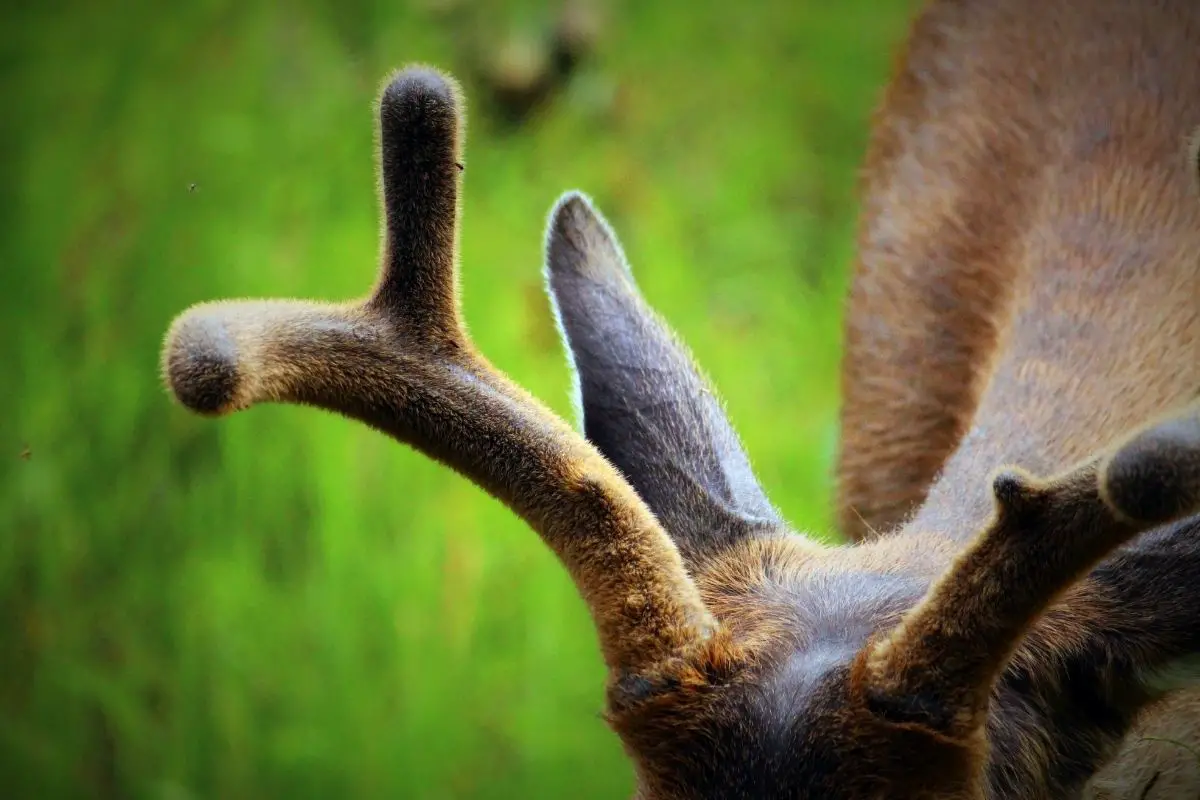
Waiting until the deer has stopped velvet season, while there isn’t warmth to the touch of the dry antler, is the best time. Usually this is in late August or early September, but you will have to check your own conditions. If the bucks aren’t ready, checking each week can help with the timeline.
Keep in mind that just because one buck is ready will not mean they all are, check each deer individually to assess if they are ready for de-antlering.
Do Antlers Grow Back if They’re Cut?
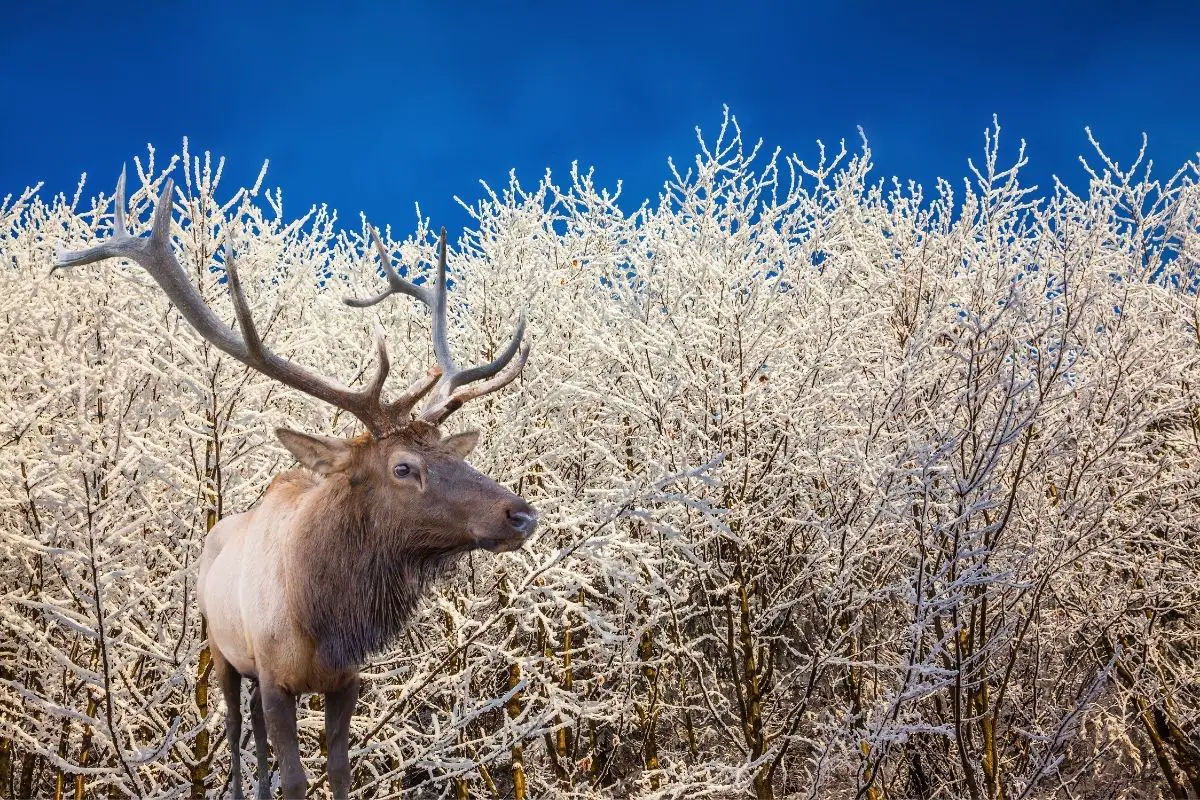
Cutting antlers and having a deer naturally shed antlers result in the same grow back during the Spring. Deer will have an antlerless winter and then begin to grow their rack in the Spring, achieving full antlers with a remarkable pace. Cutting deer antlers is a way of life for many with deer farms and pastures.
The antlers will grow back each and every year, so learning the best cutting techniques and how to avoid stressing out the deer can mean a happier and healthier farm.

